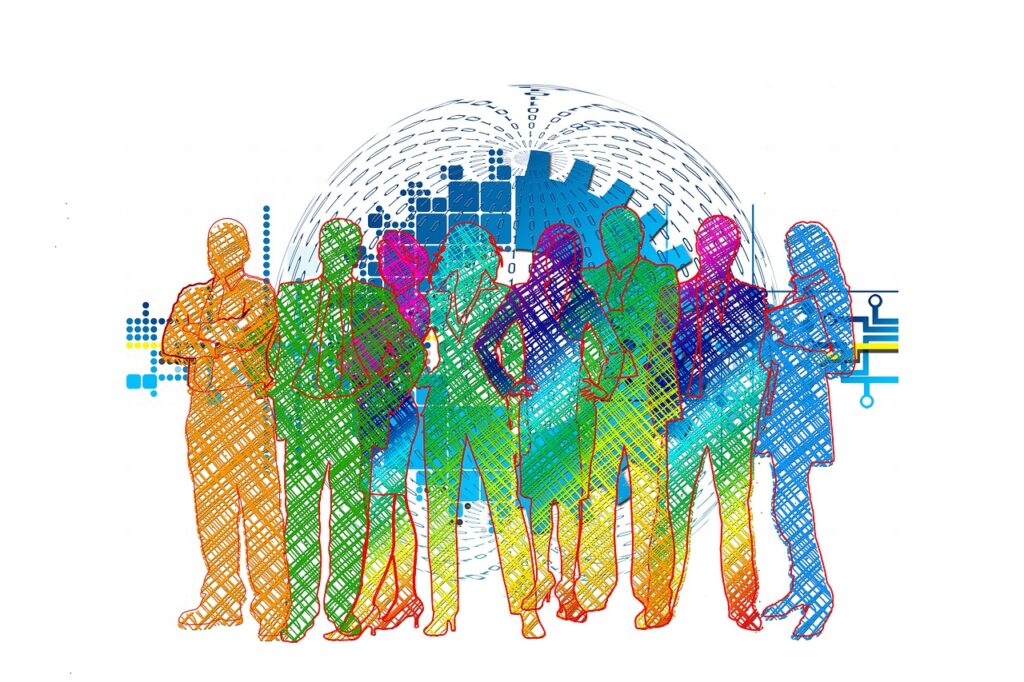 Digital inclusion refers to the ability for individuals and communities to access and use digital technologies, including the internet, computers, and mobile phones. These technologies have become increasingly essential for communication, education, healthcare, and economic participation in the modern world.
Digital inclusion refers to the ability for individuals and communities to access and use digital technologies, including the internet, computers, and mobile phones. These technologies have become increasingly essential for communication, education, healthcare, and economic participation in the modern world.
However, not everyone has equal access to these resources. Digital inequality, or the gap between those who have access to digital technologies and those who do not, can have significant consequences. Those who are digitally excluded may face barriers to education, employment, and social connection, and may be at a disadvantage in today’s increasingly digital society.
Black, Asian, and minority ethnic (BAME) groups are disproportionately impacted by digital inequality, with studies showing that they are 1.5 times more likely to be digitally excluded. This can further perpetuate existing inequalities and lead to a lack of representation and opportunities within the digital realm.
 Efforts to promote digital inclusion aims to bridge this gap and ensure that all individuals and communities have the opportunity to fully participate in the new digital world. This can be achieved through a variety of strategies, such as providing affordable internet access and computer equipment, offering digital literacy training, and creating inclusive digital policies and infrastructure.
Efforts to promote digital inclusion aims to bridge this gap and ensure that all individuals and communities have the opportunity to fully participate in the new digital world. This can be achieved through a variety of strategies, such as providing affordable internet access and computer equipment, offering digital literacy training, and creating inclusive digital policies and infrastructure.
Digital inclusion is important not only for the individual benefits it can provide, but also for the collective advancement of society. By ensuring that everyone has the opportunity to participate in the digital world, we can create a more connected and equitable society.
